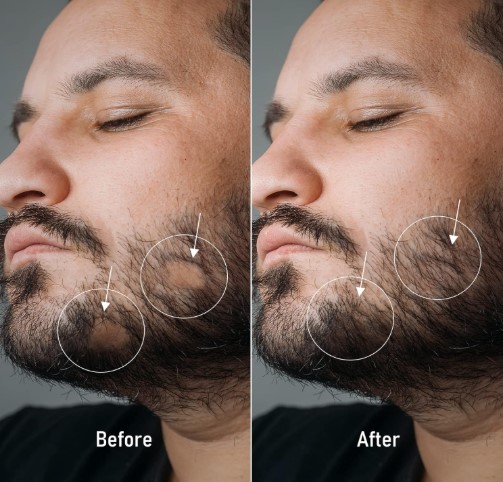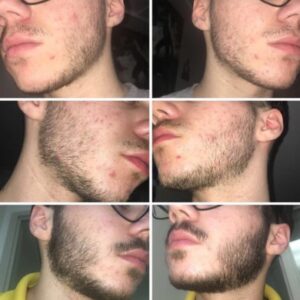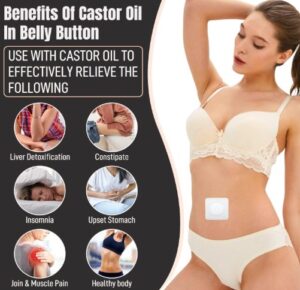Beard and Minoxidil: Growth, Grooming Kits & Oils

Many men dream of a thicker beard. You’ve probably seen online transformations with minoxidil. But does it really work? What about grooming kits and growth oils? Stay with me—this guide reveals what’s hype, what works, and how to build a routine without wasting time or money.
If hair growth science interests you, don’t miss our article on KROX20 protein and its role in hair growth.
Growing beard with minoxidil
Minoxidil is originally a blood pressure medication, later approved for scalp hair loss. Off-label, many men apply it to the face to stimulate beard growth. Here’s the science:
- Mechanism: Minoxidil increases blood flow to hair follicles and may stimulate dormant follicles to enter the growth (anagen) phase.
- Evidence: Clinical studies exist mainly for scalp hair, but anecdotal reports and small studies suggest it can also trigger facial hair growth.
- Results: Most men see new vellus (thin) hairs within 8–16 weeks, which may mature with time and consistency.
Important notes:
- Consistency: Twice daily application is common, but even once per day can help.
- Patience: Beard growth is slow; real changes may take 6–12 months.
- Side effects: Skin dryness, irritation, or shedding phases may occur. Rare systemic side effects are possible, so consult a professional if you notice unusual reactions.
For more medical approaches to hair, see our review of Baricitinib for alopecia and how it compares to topical options.
Beard and mustache grooming kits

beard and mustache grooming kits
Minoxidil may help new hairs appear, but grooming is essential to keep your beard healthy and stylish. Beard and mustache grooming kits often include:
- Beard comb/brush: Trains hair direction, spreads natural oils, prevents tangling.
- Beard scissors/trimmer: For precise shaping and maintenance.
- Beard shampoo: Gentle cleanser that avoids stripping natural oils (avoid harsh scalp shampoos).
- Beard balm or conditioner: Moisturizes, adds control, and reduces itchiness.
Good grooming prevents breakage, makes new growth look fuller, and complements any beard routine with or without minoxidil. Even patchy beards look more intentional with proper shaping and hydration.
Beard and mustache growth oil
Another trending option is beard and mustache growth oil. While oils don’t trigger follicle activation like minoxidil, they create a healthy environment for existing and new hairs. Common ingredients:
- Castor oil: Rich in ricinoleic acid, believed to promote thicker-looking hair.
- Jojoba oil: Mimics skin’s natural sebum, hydrates without clogging pores.
- Argan oil: Lightweight, adds shine and smoothness.
- Vitamin E: Antioxidant that supports skin health.
How to use beard growth oil
- Wash and gently dry your beard.
- Apply 2–4 drops of oil to your palms and rub evenly.
- Massage into beard and mustache, reaching the skin beneath.
- Use daily or after minoxidil application once the product has dried fully.
Remember: oils are “outside-in” care (moisture, softness, appearance). Minoxidil is “inside-out” care (stimulating follicles). The best results often come from combining both approaches.
If you’re interested in supplement-based support, check our beginner’s guide to PP405 supplements, a compound being studied for hair health.
FAQ: beard and minoxidil
How long until I see results?
Most users see changes within 2–4 months, but fuller results may take up to a year.
Will minoxidil beard gains fall out if I stop?
Some gains may shed if hairs were still in the early stage. Mature terminal hairs often remain.
Can I use grooming kits and oils with minoxidil?
Yes—just let minoxidil dry (about 2–3 hours) before applying oils or balms.
Final thoughts
Beard and minoxidil routines can help you achieve thicker growth, but grooming kits and beard oils remain essential. Minoxidil may stimulate new hair; oils and kits keep them healthy, soft, and stylish. A complete approach—patience, consistency, and care—is key to long-term success.


